

![]() by Dyelli Beybi » Tue Feb 09, 2010 8:52 pm
by Dyelli Beybi » Tue Feb 09, 2010 8:52 pm

![]() by Dyelli Beybi » Wed Feb 10, 2010 2:46 am
by Dyelli Beybi » Wed Feb 10, 2010 2:46 am

![]() by Nazi Centauri » Wed Feb 10, 2010 5:06 am
by Nazi Centauri » Wed Feb 10, 2010 5:06 am

![]() by Dyelli Beybi » Mon Mar 15, 2010 2:38 am
by Dyelli Beybi » Mon Mar 15, 2010 2:38 am

![]() by Dyelli Beybi » Fri Jun 24, 2011 1:24 am
by Dyelli Beybi » Fri Jun 24, 2011 1:24 am


![]() by Dyelli Beybi » Fri Jun 24, 2011 6:20 am
by Dyelli Beybi » Fri Jun 24, 2011 6:20 am
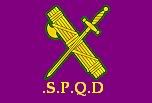

![]() by Dyelli Beybi » Fri Jun 24, 2011 7:16 am
by Dyelli Beybi » Fri Jun 24, 2011 7:16 am
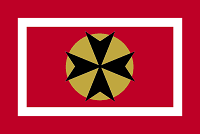

![]() by Dyelli Beybi » Sat Jun 25, 2011 6:21 am
by Dyelli Beybi » Sat Jun 25, 2011 6:21 am
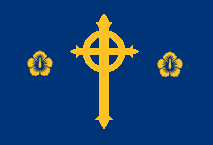

![]() by Dyelli Beybi » Sat Jun 25, 2011 7:17 am
by Dyelli Beybi » Sat Jun 25, 2011 7:17 am
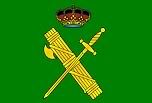

![]() by Dyelli Beybi » Mon Jul 11, 2011 8:50 pm
by Dyelli Beybi » Mon Jul 11, 2011 8:50 pm
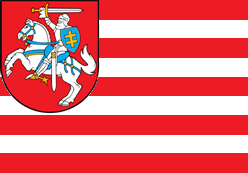

![]() by Dyelli Beybi » Wed Jan 11, 2012 7:26 am
by Dyelli Beybi » Wed Jan 11, 2012 7:26 am
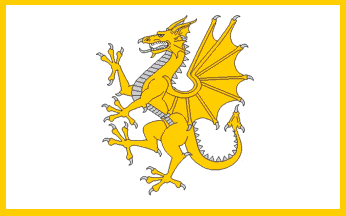

![]() by Dyelli Beybi » Thu Jan 12, 2012 5:59 pm
by Dyelli Beybi » Thu Jan 12, 2012 5:59 pm


![]() by Dyelli Beybi » Thu Jan 12, 2012 7:05 pm
by Dyelli Beybi » Thu Jan 12, 2012 7:05 pm


![]() by Dyelli Beybi » Thu Jan 12, 2012 10:25 pm
by Dyelli Beybi » Thu Jan 12, 2012 10:25 pm


![]() by Dyelli Beybi » Fri Jan 13, 2012 3:19 am
by Dyelli Beybi » Fri Jan 13, 2012 3:19 am


![]() by Dyelli Beybi » Mon Jan 16, 2012 6:54 pm
by Dyelli Beybi » Mon Jan 16, 2012 6:54 pm
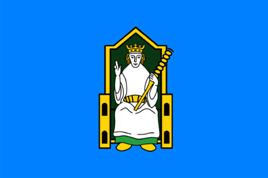

![]() by Dyelli Beybi » Mon Jan 16, 2012 8:44 pm
by Dyelli Beybi » Mon Jan 16, 2012 8:44 pm


![]() by Dyelli Beybi » Mon Jan 16, 2012 9:37 pm
by Dyelli Beybi » Mon Jan 16, 2012 9:37 pm


![]() by Dyelli Beybi » Mon Jan 16, 2012 10:06 pm
by Dyelli Beybi » Mon Jan 16, 2012 10:06 pm


![]() by Dyelli Beybi » Tue Jan 17, 2012 5:03 pm
by Dyelli Beybi » Tue Jan 17, 2012 5:03 pm

![]() by Dyelli Beybi » Thu Feb 09, 2012 3:16 pm
by Dyelli Beybi » Thu Feb 09, 2012 3:16 pm

![]() by Dyelli Beybi » Thu Feb 16, 2012 5:00 pm
by Dyelli Beybi » Thu Feb 16, 2012 5:00 pm
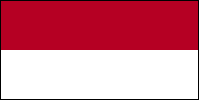

![]() by Dyelli Beybi » Thu Feb 16, 2012 6:51 pm
by Dyelli Beybi » Thu Feb 16, 2012 6:51 pm
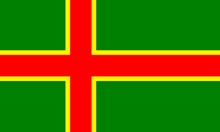

![]() by Dyelli Beybi » Fri Feb 24, 2012 6:14 am
by Dyelli Beybi » Fri Feb 24, 2012 6:14 am
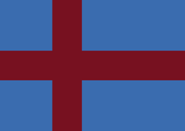

![]() by Dyelli Beybi » Sat May 12, 2012 6:13 am
by Dyelli Beybi » Sat May 12, 2012 6:13 am
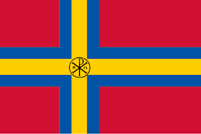
Advertisement
Return to Factbooks and National Information
Advertisement